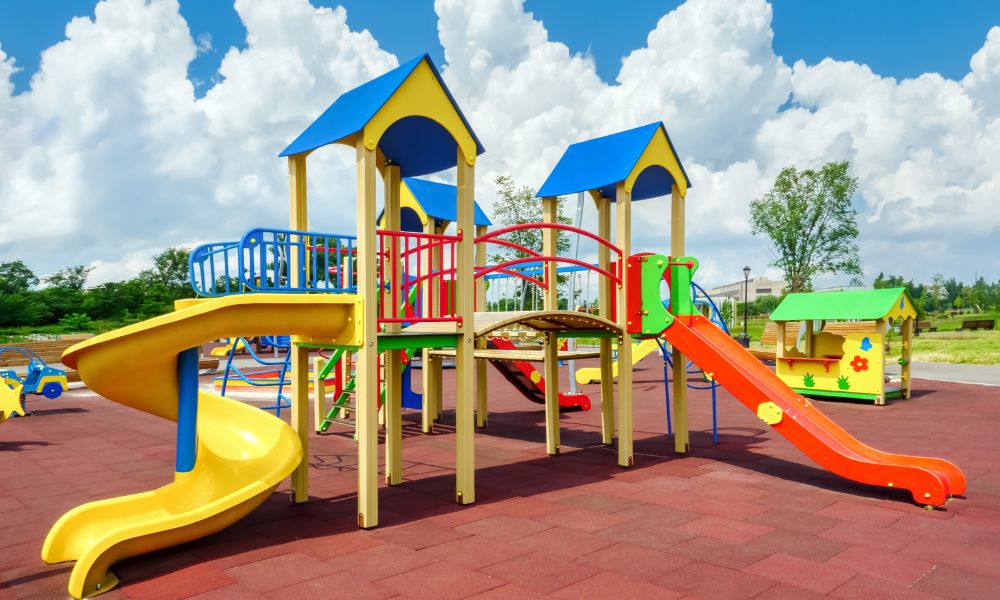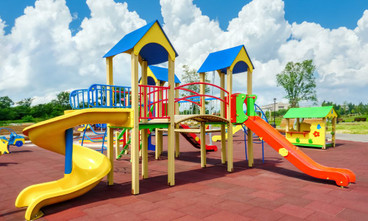
Every playground can be accessible, but they need the right modifications first. If you need help making the parks in town inclusive, you’ll want to have these four tips for making community playgrounds ADA-accessible for everyone.
Create Sensory Experiences
Kids like exploring their senses through experiences such as touching a rock, watching a butterfly, listening to parents conversing, and tasting snacks from the concession stand. These things help kids acclimate to their surroundings.
Start by thinking of sensory experiences to add to the park to make it ADA-accessible. For touch sensations, adding sensory zones with different textures creates an incredible learning experience for kids.
Create a quiet zone for noise-sensitive children. The quiet zone helps children stay calm while experiencing uncomfortable sounds. Consider adding trees, plants, seats, and a playhouse with a sensory table of different textures and items that don’t produce much noise.
Avoid Using Loose-Fill Surfacing
You may notice mixed reactions to the grounds when encountering different individuals at the park. Sometimes, park grounds aren’t suitable for those with mobility issues or sensory sensitivities. In that case, use a unitary surfacing—solid flooring that’s one single piece.
During flooring installation, maintenance workers inspect the ground for awkward bumps or dips in the surface that may cause sensory overload in children or create unsafe spaces for kids with mobility issues.
Keep the park’s surface pedestrian-friendly by avoiding loose-fill flooring and using pour-in-place rubber surfacing instead. You’ll see how much of a difference it makes for those who need even ground to traverse.
Create Paths That are Easy to Navigate
Playground pathways can sometimes be too small or difficult to navigate. Sometimes play areas don’t have paths at all, leaving parents and their children at a disadvantage. The ADA requires all parks to have wide and easy-to-navigate paths. Accessible paths are very important to have if you want an inclusive park.
Paths also need liners to highlight where guests should walk, so they can enter and exit the park smoothly. A plastic playground border is the best path boundary to use for an inclusive playground. These borders designate which areas are safe to play in and make an even better tool for creating routes to and from the play area.
Add Onto Existing Equipment
If you currently have a swing set, you can buy extenders to add on special swings made for children with mobility difficulties. No need to spend extra money dismantling and putting up the same swing set with a modification. Save time and money by adding accessibility features to existing equipment.
Follow these tips and buy your equipment from Discount Playground Supply to create an inclusive playground for all. Discount Playground Supply consists of playground experts who love helping schools, parks, and municipalities design and pick the best playground gear. Let’s work together to create an ADA-accessible park for everyone!

